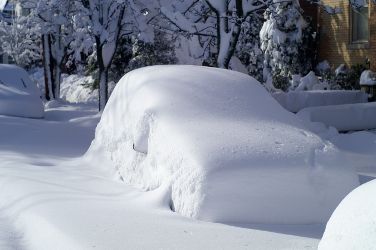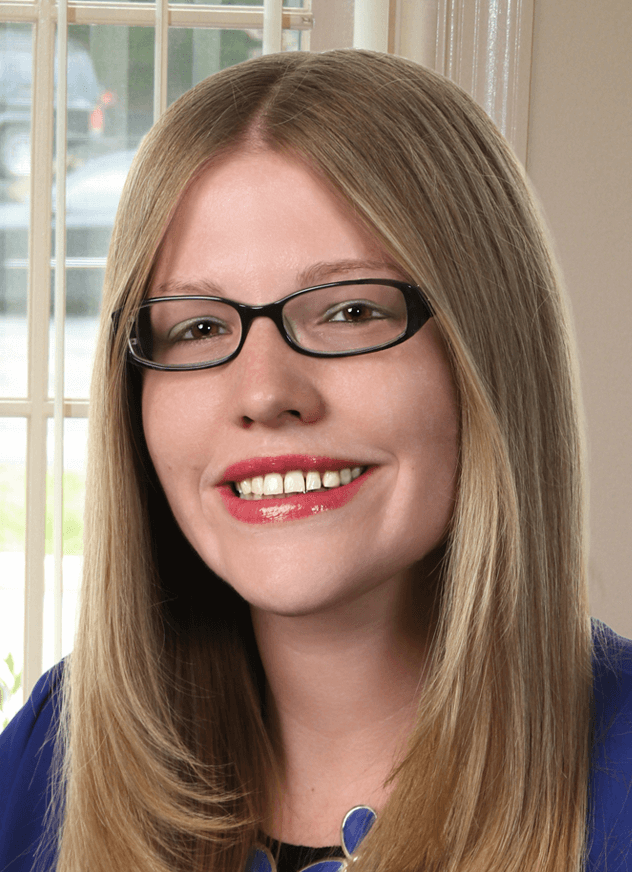May 01, 2013
(This article was originally published in The Funeral Service Insider by ASD Staff Writer, Jessica Fowler. For more on this subject, pick up the May issue of American Funeral Director magazine to read Jessica’s article, “Surviving a Catastrophe.”)
Tips on How To Maintain “Business as Usual” During a Crisis
In the aftermath of a disaster, there is a critical window of time when business owners must adapt to survive. Flexibility must be a key component to your recovery plan as there is no way to predict what you might be up against. Even if you have outlined in black and white the steps you intend to take in case of an emergency, be prepared to make allowances for uncontrollable events that could derail your plan.
It may be tempting to wait for normalcy to return when a major catastrophe disrupts operations at your facility. However, the longer you halt business and turn away families, the more you reduce your odds of reopening. To truly move forward, you will need to create a “new normal” that allows your funeral home to operate despite challenges. This transition period may last anywhere from a month to more than a year depending on the size and scope of the disaster. Find creative alternatives to your usual routine to ensure the funeral home remains stable and generates revenue.
• Conduct business anywhere you can.
When you think about the work you do as a funeral director and what you offer to families, does your mind focus on wooden paneling, chapel décor and carpeting? Or do you think about the comfort and support you extended to a grieving relative? Families that choose your funeral home come to you first and foremost because of the guidance and consolation that you can provide, not simply because of the physical appearance of your building. Many funeral homes have been able to keep their businesses afloat following a catastrophe by quickly moving to a temporary location until reconstruction is complete.
After Tropical Storm Lee, the Piontek Funeral Home in Duryea, Pa., had to be completely gutted and stripped down to the bare bones. While working at the funeral home was impossible, the Pionteks were able to adapt quickly – finding a local rectory in a part of their town that was not flooded. This allowed the business to continue operating until after the renovations were finished.
“They were very gracious to let us use that for services,” Michelle Piontek says. “Thankfully, our showroom wasn’t affected, and that’s where we actually made the arrangements.”
Where you conduct business after a disaster depends on your individual circumstances. Is any part of your building serviceable? Do you have another funeral home location or business? How long is the rebuilding process likely to take? Are there any spaces you might be able to rent? While some of these questions cannot be answered until after a crisis, others you can determine in advance. A contingency plan that includes a secondary venue from which to work will help you to quickly readjust to any unforeseeable event.
When Hurricane Sandy struck New York, there was no way to predict the amount of destruction the storm would leave behind. Vincent O’Connor, director of the Denis S. O’Connor Funeral Home in lower Queens, N.Y., prepared as much as he could in advance, but the real planning began after the storm moved out and the directors had to figure out how to remain operational with a flooded building.
“We’ve moved our office operations to the second floor, which is above the water level, and we operate from here,” O’Connor says. “We now interview families in the upstairs area over the building, which is under constant renovation … We’ve been fortunate enough to retain 60 percent of the business even during the post-Sandy reconstruction phase.”
• Don’t hesitate to ask for help (even from competitors).
When disaster strikes, it is easier to become defeated without a strong support system around you. Requesting assistance from local contractors, churches and even competitors will both accelerate recon- struction and strengthen your ties to the community.
“We were very fortunate to have the friends and family we did because within two days the funeral home was gutted. We had to wait for everything to dry out so our local fire departments offered their equipment to us,” Piontek says. “Other funeral homes that were affected by flooding in the past who didn’t even know us called to see what kind of problems we had and if they could offer any assistance. It wasn’t just our family and friends – it was the industry that came. They were emailing and calling us to offer equipment.”
Embracing help from competitors may be unthinkable to some business owners, but for the directors there is a much stronger kinship within the funeral service community. A recent example of this occurred after the Sandy Hook tragedy when funeral professionals throughout Connecticut combined their efforts to provide everything that was needed to the victims’ families. This is just one of many instances where funeral professionals have worked together to achieve common objectives. You may be instinctively driven to solve every problem independently but turning away assistance or being afraid to ask for it will only hinder progress after a disaster.
“We are doing our embalming outside the county, working with other funeral homes and have been very blessed,” says funeral director Brent Lyerly of Lyerly Funeral Home in Salisbury, N.C. On a chilly morning in April 2012, Lyerly turned on the furnace at the funeral home before leaving for lunch and upon returning, found the building had filled with smoke and escalated into a four-alarm fire. He describes the help he has received from other directors during the rebuilding phase as a godsend he is grateful for every day.
Of course, working without a funeral home building is not without its share of complications. For the Denis S. O’Connor Funeral Home, living in an isolated community on the tip of a peninsula presents many unique challenges.
“A lot of people assume there is going to be this huge price increase for renting another chapel,” O’Connor says. “Also, you’re used to working at one location, and your staff is now spread into three different funeral homes that could be 10, 15 miles apart.”
According to O’Connor, problems are compounded by population decline, mandatory evacuations and power issues that many residents are still experiencing even now, months after Sandy. The lack of certainty over when the funeral home will reopen and when families will return to the area has made this period of adjustment even harder. Despite the headaches, O’Connor says he’s not sure how he would have managed without other funeral homes helping him to conduct services on the mainland. By establishing a relationship with other funeral homes and becoming involved with local funeral director associations, you’ll be better equipped to tackle any unexpected crisis with the help of a strong support system.
“Almost all of the funeral homes in the area at one point and time called and offered me their services or chapels, even my two biggest competitors called!” Piontek says. “It was really kind that they took the time to call and offer to help. It’s kind of like the one time when you’re not competitors.”

Further Reading
For more on this subject, pick up the May issue of American Funeral Director magazine to read the article, “Surviving a Catastrophe.” The article further examines how funeral homes must adapt to survive in the aftermath of a major disaster. Funeral Directors who have faced unforeseeable obstacles share personal accounts of the steps they took following a crisis in order to resume business.
About The Author
Jess Farren (Fowler)
Jess Farren (Fowler) is a Public Relations Specialist and Staff Writer who has been a part of the ASD team since 2003. Jess manages ASD’s company blog and has been published in several funeral trade magazines. She has written articles on a variety of subjects including communication, business planning, technology, marketing and funeral trends. You can contact Jess directly at Jess@myASD.com


